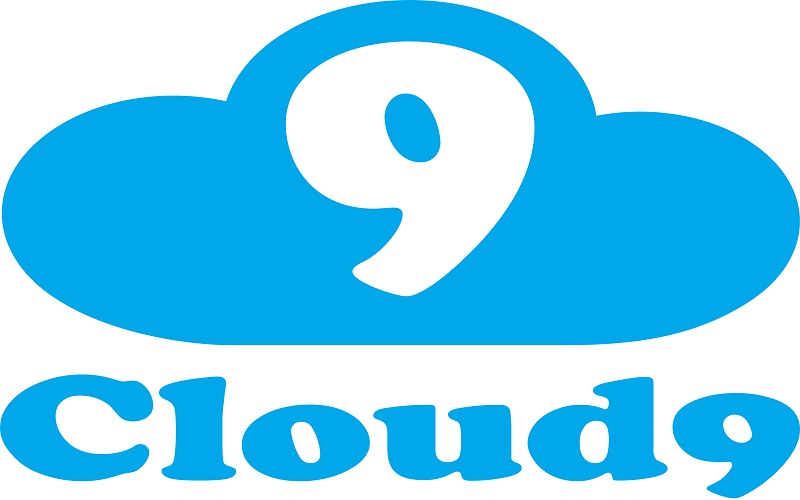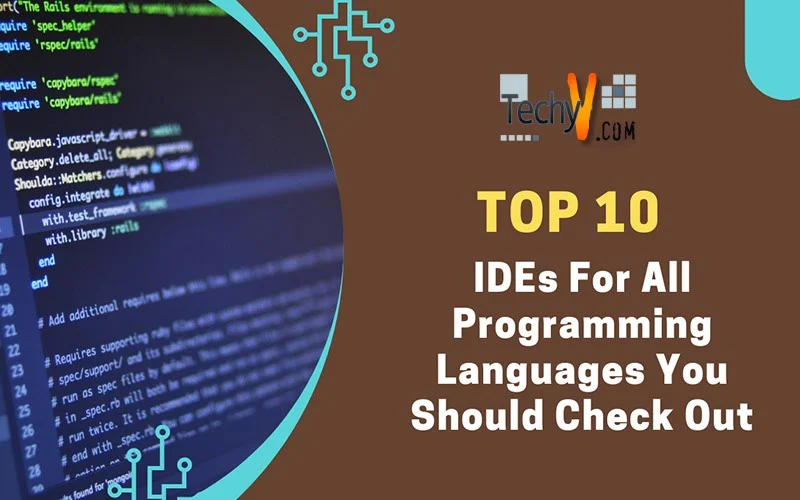An IDE is an integrated development environment (IDE) that acts as a graphical interface for programmers to write code on, with multiple features for software development. Whether you have just started or are an experienced developer, IDE is always necessary for a smooth experience with your programming journey. An IDE has a source code editor, integration tool, project management, and debugger, along with another facility. You can consider IDE as a productivity tool for programmers or an interface to write programs on their computers. There are multiple IDE available from various software companies, paid or open source that you can check. Here is the List of the Top 10 IDE you can check for all programming languages to help with your programming journey.
1. Visual Studio
Visual Studio is free and open-source software and one of the most used IDE in recent times. Many People suggest VS for all beginners as this comprises all facilities to code.VScode supports all majorly used languages like PHP, HTML, CSS, SCSS, Less, JavaScript, JSON, TypeScript, PowerShell, T-SQL, C#, .NET Core, C++, Java, Python, Markdown, etc. It has various tools to write code efficiently like built-in git and GitHub integration Also, split screen support an error list while debugging and writing code and other automation tools. It also has a customizable dashboard feature. Visual Studio is developed by Microsoft. It works on Windows and makes and also allows the creation of applications on both systems. The only drawback it would have is it depends on extension for other added features Also sometimes when working on large projects there might be performance issue But to start with VScode have some cool features along with better workflow and file structure.
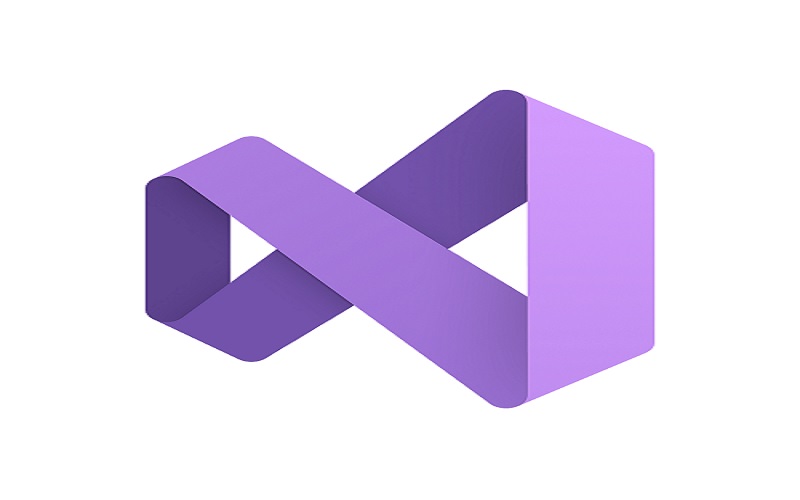
2. Intellij Idea
Intellij Idea is a powerful IDE, It has been a long when Intellij Idea was released It has multiple features along with other resources It has both the community version which is free to use, and the other version which is paid.Intellij Idea has a code completion feature, error check, and powerful refactoring capabilities, hence a popular choice among developers. Also, this IDE UI is sleek and user-friendly. It is one of the best IDE for Java development and has some specific features for Java. It supports languages like AngularJS, CoffeeScript, CS, HTML, JavaScript, Less, Node JS, PHP, Python, Ruby, Sass, and TypeScript. This IDE has an extensive database editor, Git integration, and Intelligent text editors for HTML, CSS, and JAVA. The only drawback of this IDE is it is not beginner-friendly If you are new to programming or using IDE this might be a little overwhelming for you.
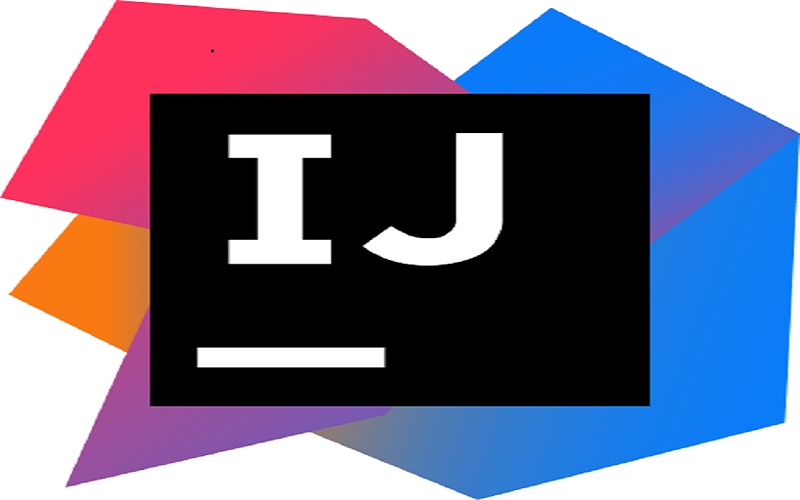
3. Net Beans
NetBeans is free and open-source software. It was developed by Sun Microsystems and is now maintained by the Apache Software Foundation. It is preferred by Java developers. It has features to autocomplete and running the server application is very simple in Netbeans. The one drawback is it takes a lot of time to start. It has a code editor with syntax highlighting and code completion features. It is mostly used for JAVA applications but you use NetBeans to code in another language by downloading a bundle with that language support. You can code in C, C++, C++11, Fortan, HTML 5, Java, and PHP. Also, It is heavyweight software.
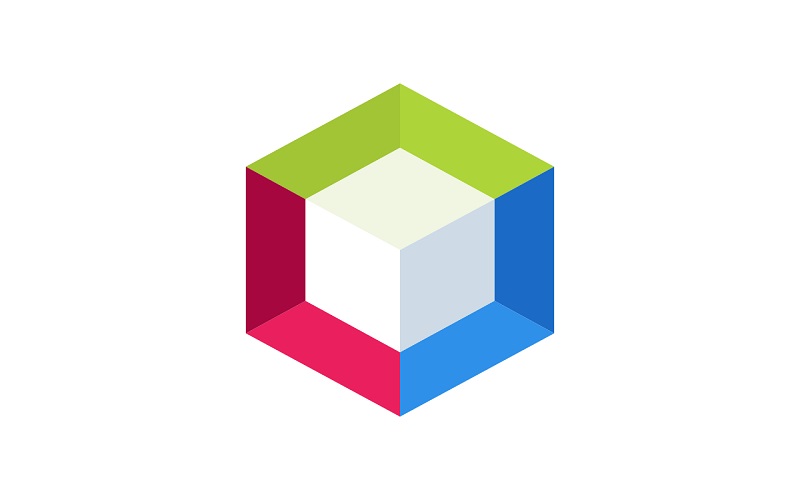
4. Eclipse
Eclipse is a free source editor useful for beginners. It has multiple extensions and plugins. It has features to drag and drop and allows programmers to analyze the code using static analysis, Automated error reporting, Built-in Debugger, and Profiler You can code in many languages like Python, Java, and C++. Eclipse is free to use. Eclipse is a good IDE and code editor with features like automated error reporting but for a beginner using Eclipse would be a little intimidating.
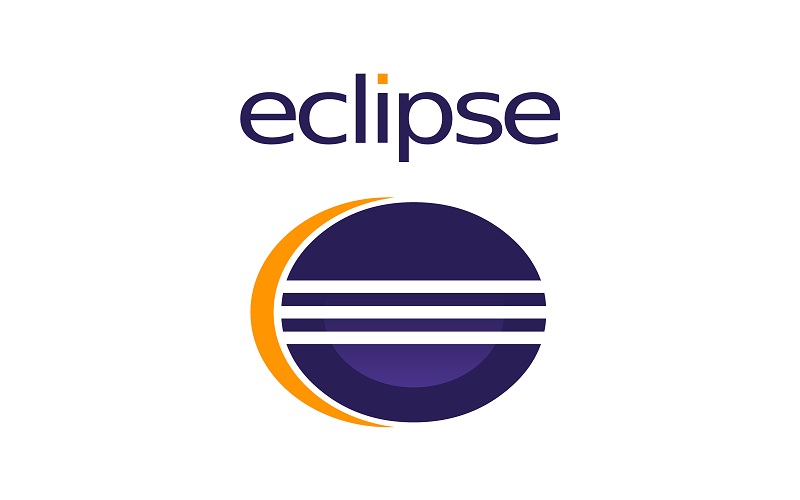
5. Xcode
Xcode is also a free and open source. The parts of tools of Xcode is a collection of tools for making apps for Apple devices such as iPhones, iPad, and Mac. It supports languages like AppleScript, C, C++, and Java. It has features like UI controls can be easily connected with the implementation code. The assistant function allows for a split-code workspace. But it has a big drawback, to use it a programmer needs an Apple Machine and also needs a developer’s license to upload apps to the Apple store.
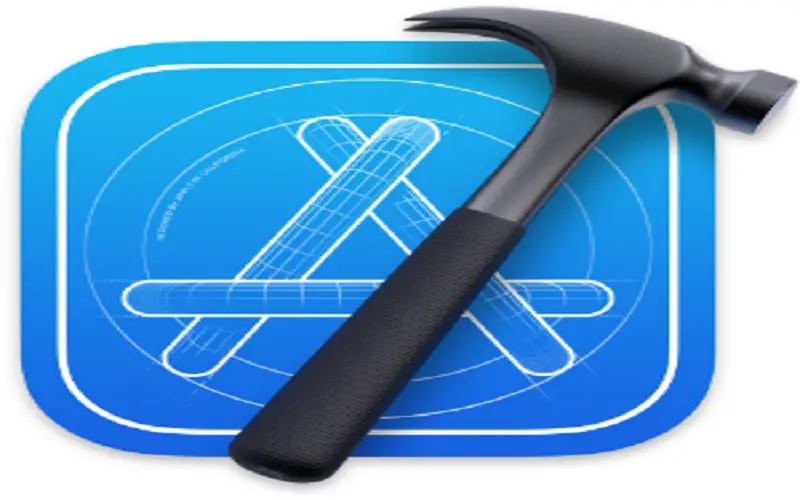
6. Atom
Atom is developed by GitHub and is mainly used for web development. It is fully free and open source. It is used for Windows, Linux, and macOS. It is beginners friendly and has great extensions. Atom has a very good UI design. Atom works on Windows, MacOS, and Linus. Well, Atom also depends on many extensions and plugins for writing code in other languages But it has a very cool color-coded UI.
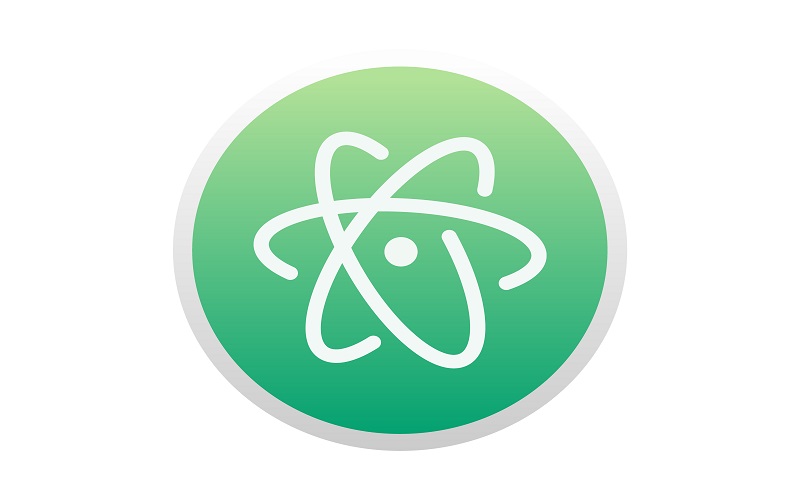
7. Codeblock
Codeblock is another free and open-source option. it supports languages like C, C++, Fortran, Ada, D, object Pasacl, and Assembly. It has features for customizable external tools. It also allows full configuration and writing, debug build run, and deploy the project. The code block feature can be improved with added plugins.

8. Jupyter Notebook
Jupyter Notebook is an open-source web-based application and not a full-fledged IDE. It is used on a wide scale in the field of data science, scientific computing, and machine learning. Most of the time it is used with the language Python but it supports other languages as well.
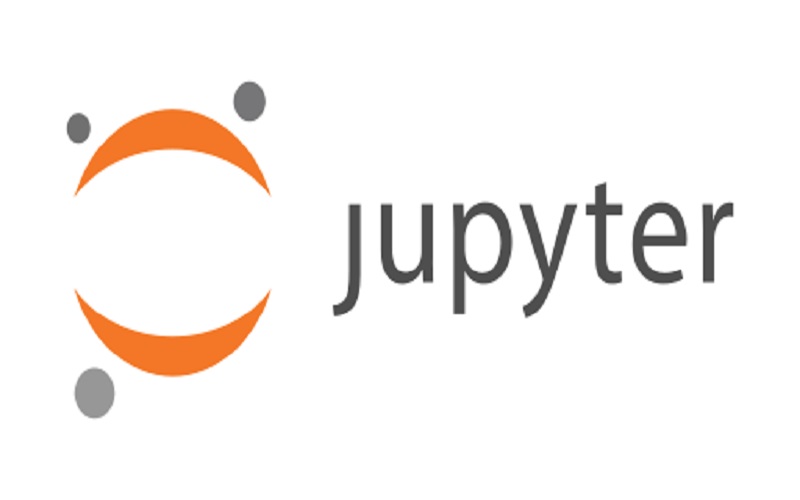
9. Komodo
Komodo is a paid IDE as it is a commercial product but, offers a free, limited-feature version for evaluation purposes. It supports languages like CSS, Go, JavaScript, HTML, NodeJS, Perl PHP, Tcl, Python, and more. It has features of Autocomplete and refactoring. The drawback for Komodo is that the free version doesn’t enable all the features but the premium version is still considered well worth the cost.
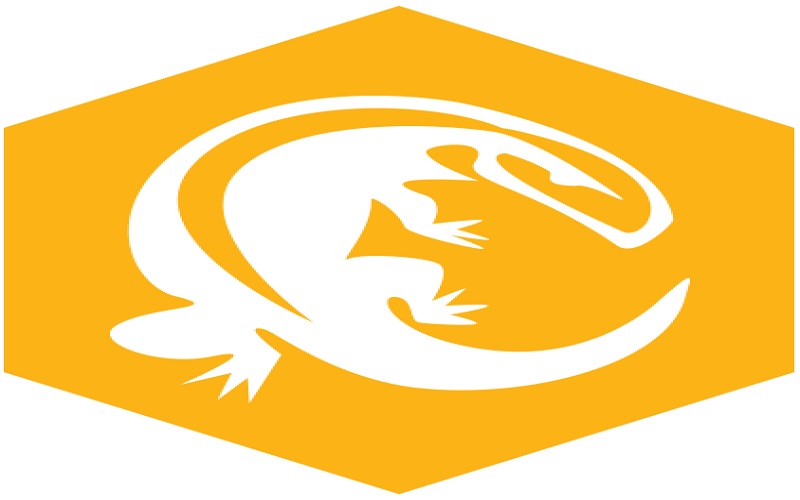
10. AWS Code 9
Aws Code 9 is developed by Amazon.AWS Cloud 9 supports many programming languages like C, C++, Python, and JavaScript and it’s an online IDE. It allows programmers to run the development environment on managed Amazon EC2 instances or other Linux servers available.
